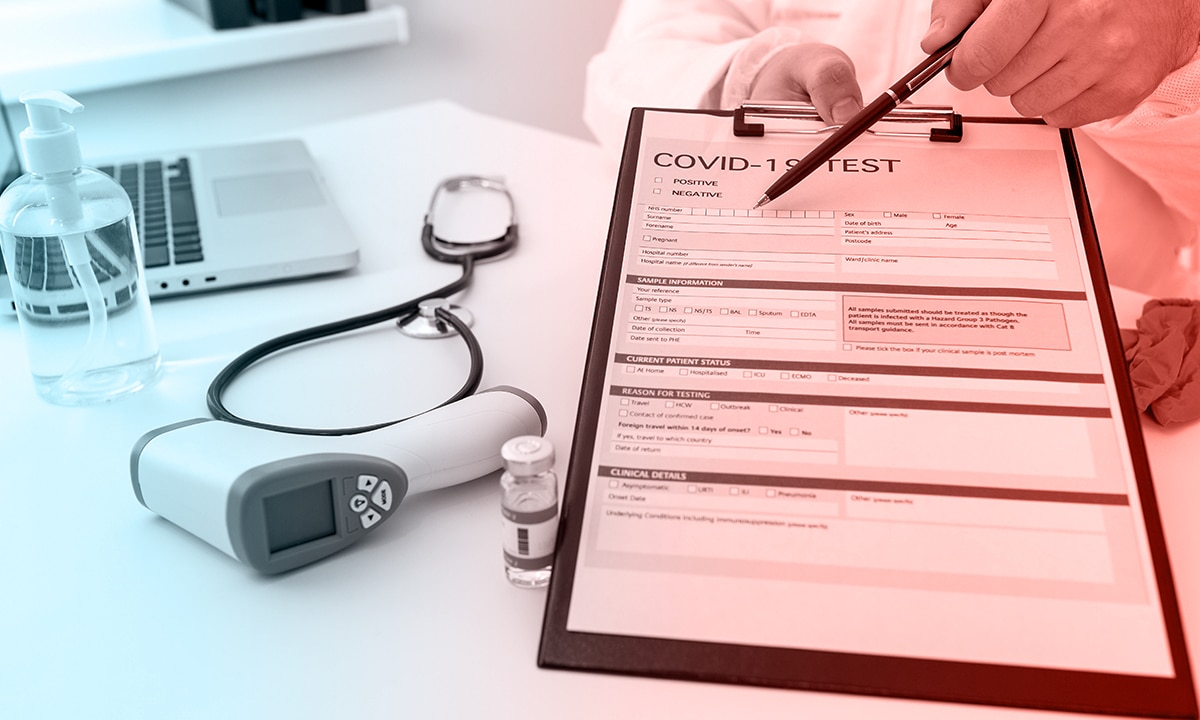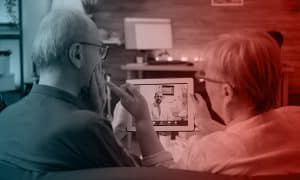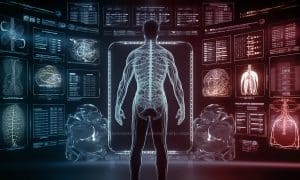This is no new information or statistic that over 80% of the healthcare data available for stakeholders is unstructured. The rise of EHRs has exponentially made it easier for healthcare professionals to access, store, and modify interoperable data for their purposes. To give you a brief example of the different types of unstructured data available on EHRs, here’s a quick list:
- Clinical notes from patients, prescriptions, diagnoses, descriptions of symptoms, treatments, and more
- Discharge summaries involving insights on a patient’s hospitalization, medications, diagnosis, prognosis, follow-up care recommendations, and more
- Pathology and radiology reports
- Medical images such as XRays, MRIs, CT Scans, Ultrasounds and more
However, conventional methods of extracting critical information from EHRs have been predominantly manual, involving human hours in identifying individual parameters, information, and attributes for insights. But with the increased use of Artificial Intelligence (AI) in healthcare, specifically, clinical NLP models, it has become easier for healthcare professionals to locate and extract unstructured data within EHRs.
In this article, we will shed light on why it’s beneficial, how this can be done seamlessly, and the challenges in the process as well.
Advantages Of Using NLP To Extract Clinical Information From EHRs
Increased Efficiency
Humans are prone to errors and often encounter issues with time management, resulting in delayed deliveries of healthcare data or timely delivery with compromised quality. By automating the task with NLP models, such instances can be mitigated. However, the most important takeaway in this is that automation removes the involvement of humans in monotonous tasks, empowering professionals to dedicate more time to patient care and improving healthcare service delivery.
Enhanced Data Completeness
Critical insights from unstructured data that might get overlooked by humans can be detected and compiled by NLP models when trained correctly. This results in comprehensive databases of inferences and insights that can aid in airtight research, innovation, diagnosis, and medical care.
Timely Identification of Risks
NLP can quickly identify potential risks such as medication interactions or adverse events, allowing for timely interventions. Models powered by predictive analytics techniques can even predict the onset of certain hereditary diseases or lifestyle-prone diseases based on available EHR data.
Improved Patient Care
NLP-extracted information can support targeted interventions, personalized treatment plans, and better communication between healthcare professionals.
Enhanced Research Potential
NLP facilitates large-scale analysis of clinical data, leading to discoveries and improved understanding of diseases and treatments.
Extracting Details From Unstructured EHR Data 101: A Sample Workflow
The process of extracting insights from unstructured EHR data is systematic and must be done on a case-by-case basis. The domain requirements, healthcare organization-native concerns and challenges, purpose-driven applications, and their surrounding implications are subjective and that is exactly why the process should consider such factors influencing your organization and its vision as well.
However, like every approach has a specific workflow or a rule of thumb approach, we have listed a primer for you to refer to as well.

- Data Acquisition: The first step is to compile EHR data containing clinical notes, medication lists, allergy lists, and procedure reports. This compilation gives you an idea of any standardization technique you need to implement at this stage in terms of file types or formats to simplify the training process.
- NLP Processing: The compiled data is then fed into your NLP algorithms to analyze the text data and identify key clinical entities such as diagnoses, medications, allergies, and procedures.
- Information Extraction: Based on whether your model follows supervised or unsupervised learning strategies, it extracts relevant information about each entity, including its type, date, and associated details.
- Data Integration: The penultimate step involves the curation and organization of extracted information in a structured format and integration into the EHR system or other relevant databases.
- Clinical Utilization: The integration in the previous step enables the data to become interoperable, allowing healthcare professionals to access and utilize extracted information for various purposes, such as clinical decision-making, research, and public health initiatives.
Challenges In Leveraging NLP To Extract EHR Data
The task of extracting unstructured data from EHRs is ambitious and can make the lives of healthcare stakeholders simpler. However, there are bottlenecks that could hinder the seamless implementation process. Let’s look at the most common concerns so you can proactively have strategies to tackle or mitigate them.
- Data Quality and Variety: The accuracy of NLP extraction depends on the quality and consistency of EHR data. Different formats and terminologies can pose challenges.
- Privacy and Security: Measures need to be implemented to ensure patient privacy and data security during NLP processing and storage.This is also the stage where guidelines on GDPR and HIPAA come into practice and you need to ensure mandates and compliances are adhered to. This is where we also recommend healthcare data de-identification strategies for optimum compliance.
- Clinical Validation: Extracted information requires validation by healthcare professionals to ensure its accuracy and clinical relevance. This is predominantly due to the complex medical jargons and terminologies that demand the intervention of specialists.
- Integration and Interoperability: Extracted data needs to be seamlessly integrated with existing EHR systems and other healthcare IT systems.
Final Thoughts
In short, the potential is limitless when you deploy NLP to extract healthcare data from EHRs. For fool-proof implementations, we recommend addressing the challenges and ensuring responsible deployment.
If you’re looking to pave the way for airtight compliance to healthcare data mandates and get the best AI training data for your models, you can get in touch with us. Having been an industry pioneer, we understand the domain, your enterprise visions, and the intricacies involved in training a healthcare-native NLP model. Reach out to us today.




